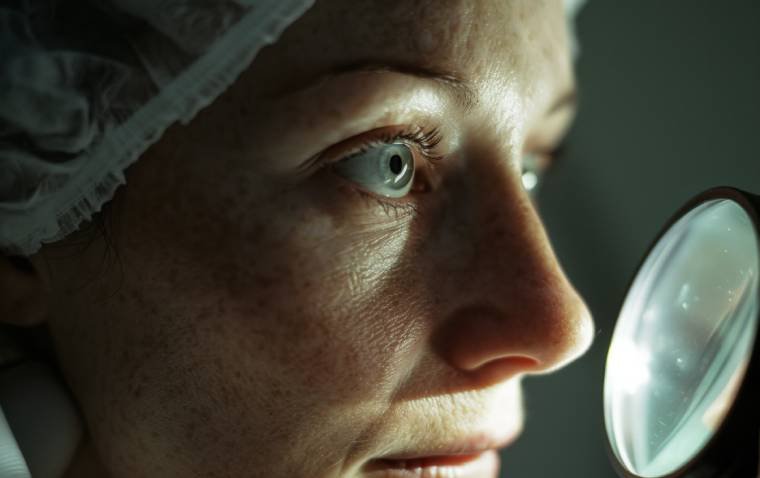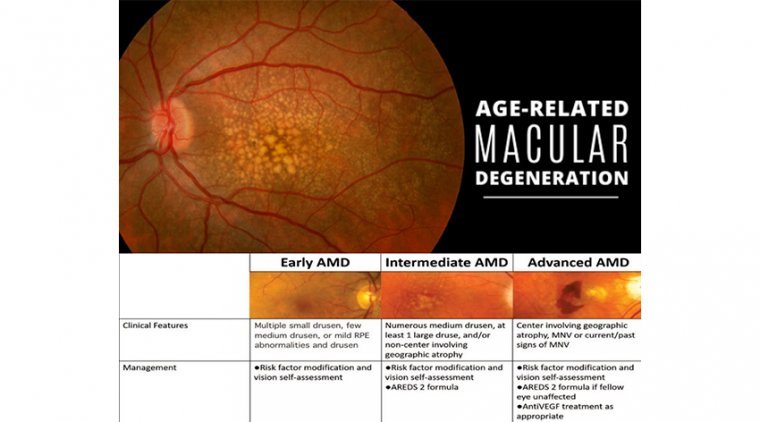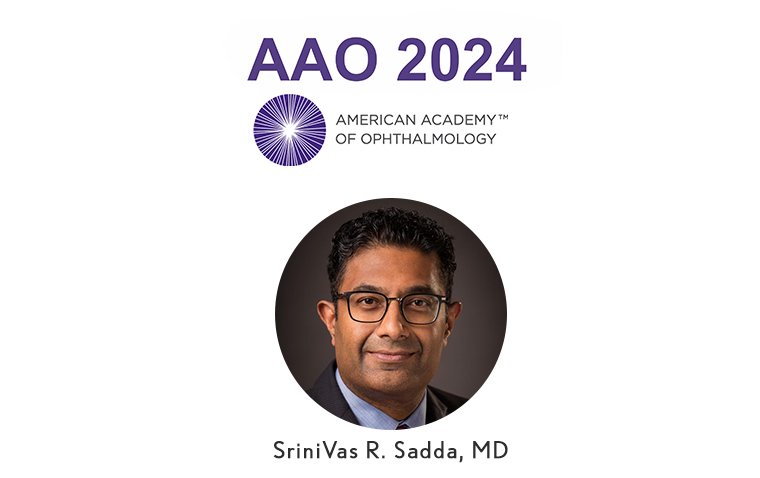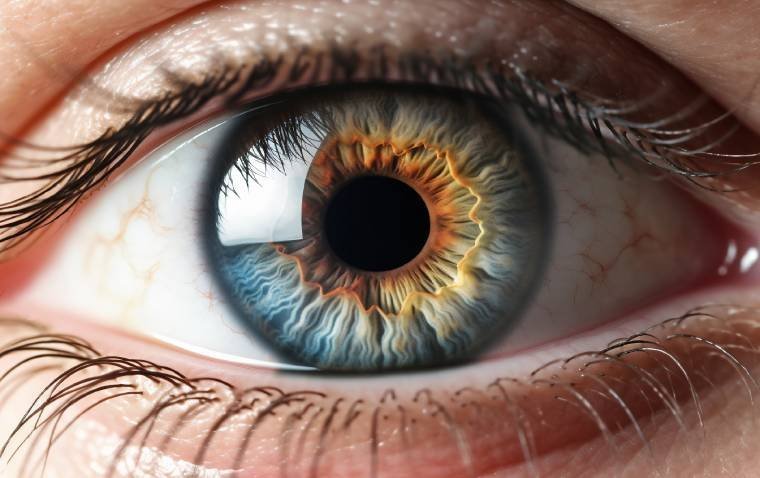
Study Finds Continued Patching After Age 4 Offers Limited Visual Benefit in Children with Unilateral Congenital Cataract
New research led by pediatric ophthalmology expert Carolyn Drews-Botsch, Ph.D., from George Mason University, provides clarity for clinicians and families navigating post-surgical treatment decisions for children with unilateral congenital cataract (UCC). The study, published in Ophthalmology, explores the long-term visual outcomes of patching beyond age 4 and its impact on quality of life.
Key Findings: Visual Acuity and Patching Effectiveness
The study demonstrates that continued eye patching after age 4 does not significantly improve distance visual acuity in children treated for UCC. Instead, optotype acuity assessments at age 4 were shown to be reliable predictors of visual outcomes at age 10, suggesting that earlier visual testing can guide long-term treatment planning.
Optotype acuity refers to a person’s ability to distinguish fine visual details—such as differentiating letters like "O" and "Q"—typically measured with an eye chart.
Implications for Patching Protocols
The findings suggest that less-aggressive patching regimens may be appropriate in certain cases, especially when the treatment is a source of stress for the child or family. Since significant visual gains are unlikely after age 4, clinicians may consider tapering patching to support overall well-being without compromising visual outcomes.
However, the researchers urge careful consideration before discontinuing patching entirely. Decisions should account for:
• The child’s quality of life
• Family dynamics and stress levels
• Binocular vision assessments, including the presence of latent nystagmus (involuntary rhythmic eye movement)
Supporting Research on Early Patching Habits
In earlier work, Drews-Botsch and colleagues also found that:
• Early and consistent patching in infants nearly doubles the likelihood of achieving normal visual acuity (20/40 or better) in the affected eye.
• Prolonged patching does not adversely affect family stress levels or child development, countering concerns about the psychosocial burden of therapy.
Understanding Unilateral Congenital Cataract and Occlusion Therapy
Unilateral congenital cataract (UCC) is a rare condition where a child is born with a cloudy or opaque lens in one eye. Without timely surgical treatment, the condition can lead to permanent blindness in the affected eye.
Following surgery, occlusion therapy (patching of the unaffected eye) is the standard treatment to stimulate visual development in the operated eye and prevent deprivation amblyopia (lazy eye). Despite best efforts, about 50% of children with UCC remain legally blind in the treated eye, highlighting the need for tailored and realistic treatment goals.
Reference:
Carolyn D. Drews-Botsch et al, Is Patching after Age 4 Beneficial for Children Born with a Unilateral Congenital Cataract?, Ophthalmology (2024). DOI: 10.1016/j.ophtha.2024.11.005
(1).jpg)










